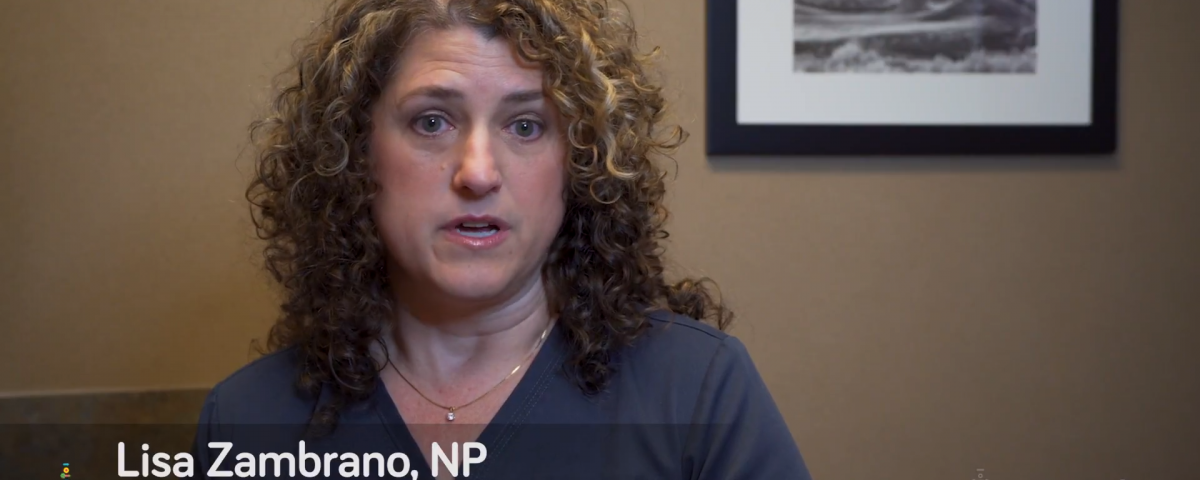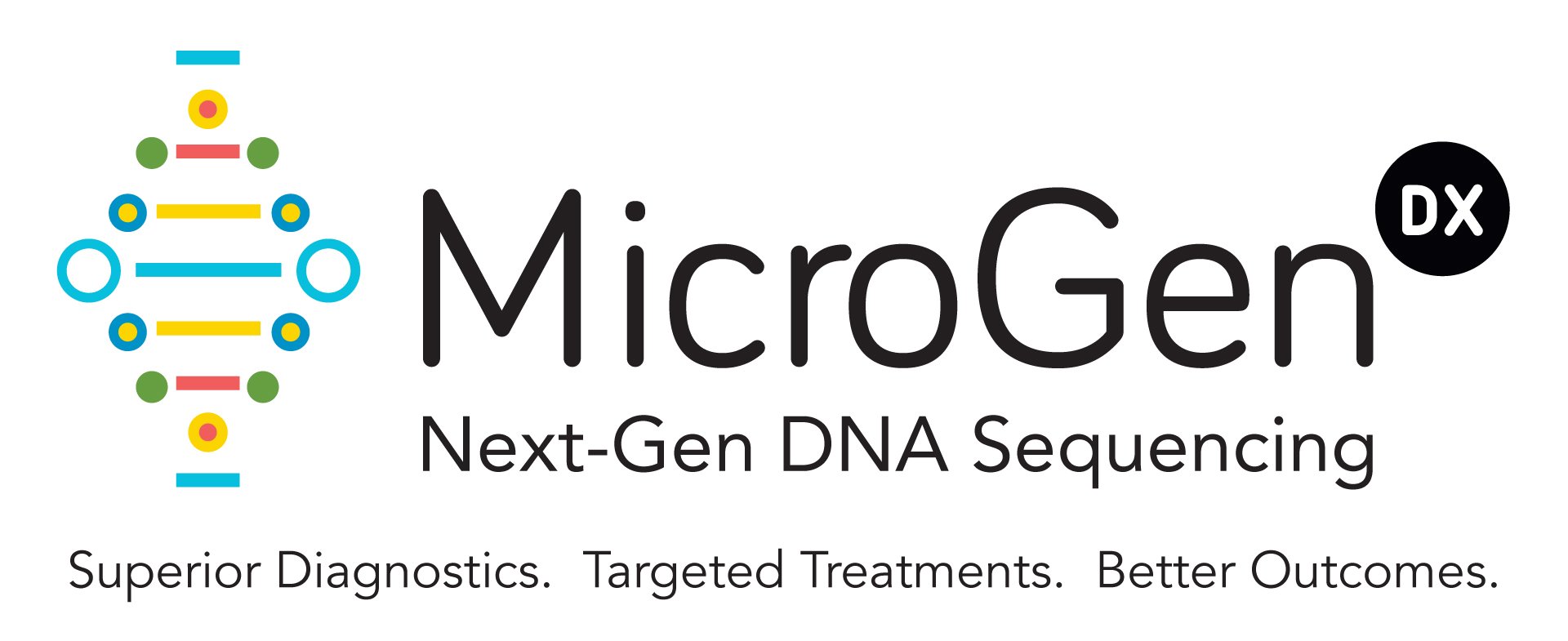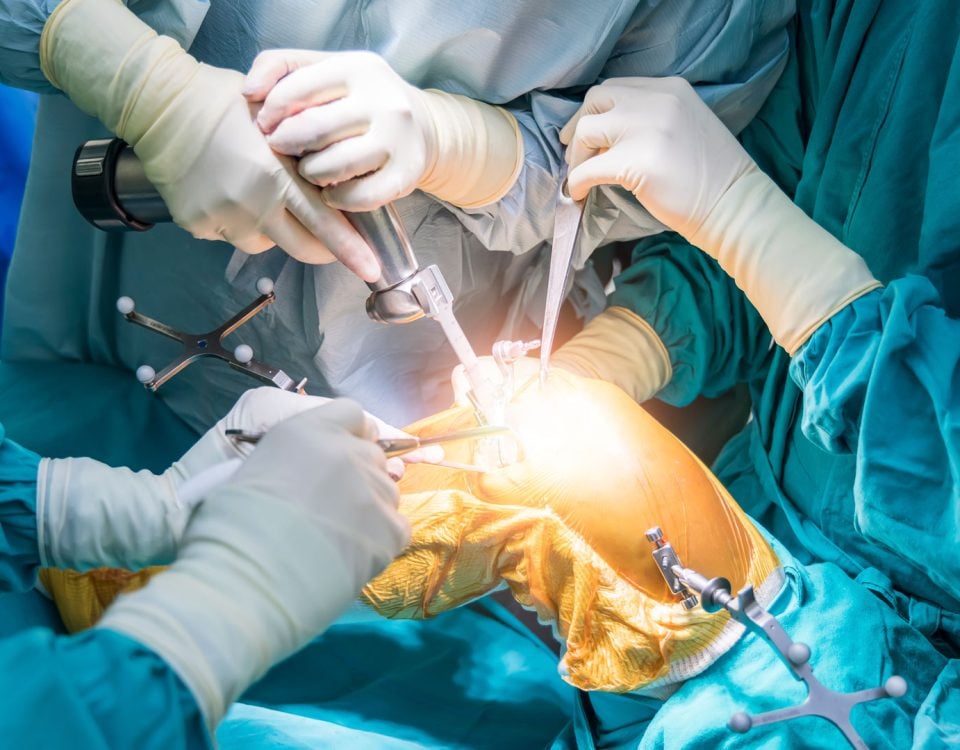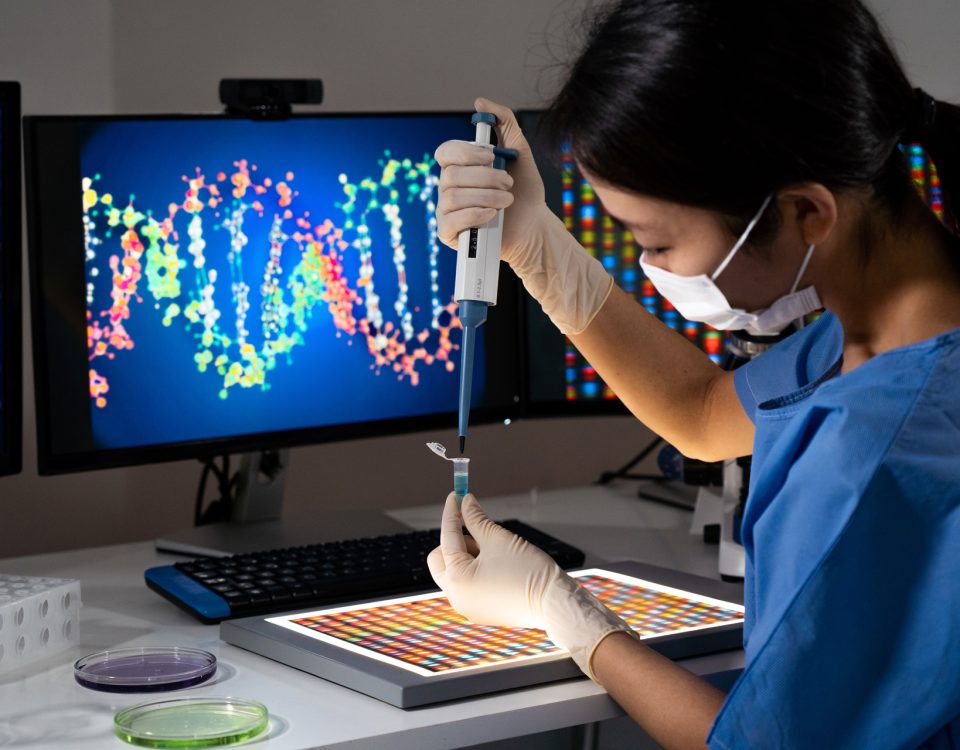Nurse Practitioner Lisa Zambrano works for the Urology Clinics of North Texas, and she sat down with us to share the experiences she has had working with doctors who use MicroGen DX to diagnose infections. MicroGen DX uses a two part test to accurately and quickly identify the microbes in a sample using their DNA. After using cultures to diagnose infections for most of her career, just as anyone in the medical care field has done, Lisa Zambrano was not quick to simply take MicroGen DX’s word for it that they would make a difference in the care of patients.
“When it was introduced,” she told us, “I was skeptical because you just never know what you’re going to get with a new test, but when you think about all the DNA testing that’s going on, it made sense that it could pick up things that we couldn’t pick with a culture. A culture is basically testing bacteria that’s floating around in the urine. If it’s not in the urine at large enough amounts, then they can’t test it.”
Like so many others, Nurse Zambrano was convinced by seeing for herself the difference in the quality and amount of data provided by the MicroGen DX diagnostic test.
“Since we’ve been using the DNA testing,” she told us,
“we’ve found infections that we wouldn’t even normally see on a culture.”
She also illuminated one of the reasons why the Next Generation DNA Sequencing (NGS) is so vital to a full report. The Rapid PCR screening is fast, but it only identifies the presence or absence of a handful of common microbes that are known to cause infection. Furthermore, because PCR is designed to be very specific, certain mutations can exist in a species which cause it to be misidentified and therefore missed by PCR. The NGS test, however, is able to identify those mutated strains.
The second part of the MicroGen DX test, the NGS, then compares the DNA found in the sample to a database of more than 50,000 species of bacteria and fungi. This enables it to find microbial species which may not be common to the majority of patients, but which may still be major parts of a particular patient’s infectious condition. Furthermore, the full MicroGen DX report breaks down the species found in the sample according to their relative amounts so that treatment can be targeted toward the species which are making up the majority of the infection. As Nurse Zambrano explained, the fact that a species is found in the PCR test does not mean it is necessarily the major cause of the infection.
“I always wait for the Next Gen Sequencing,” Nurse Zambrano explained, “because PCR, while it’s great, it’s fast, it’s still limiting because it’s not always accurate and I don’t want to jump to conclusions.”
Her skepticism long since replaced by success, Nurse Zambrano told us how glad she is to have the assistance of reliable diagnostics from MicroGen DX.
“I feel proud that I can get this treatment to the patients especially the ones that have been suffering for so long with infections that nobody really knows how to treat. I think this is something that has been really helpful for me, for my patients. I’m just happy to have it to offer.”
Click here to watch this interview on our YouTube channel.
Nurse Practitioner Lisa Zambrano can be reached at the following:
Urology Clinics of North Texas
With several locations, including-
Presbyterian Hospital of Dallas – Professional Building 3
8230 Walnut Hill Lane, Suite 700
Dallas, Texas 75231
214-691-1902 Tel
214-987-1845 Fax
For a list of all of the Urology Clinics of North Texas locations, please see the links below.
http://www.urologyclinics.com/contact_us/urology_clinics.html
http://www.urologyclinics.com/our_doctors/urology-dallas-lisa-zambrano-anp.html
To learn more about MicroGen DX, explore the links below.
https://www.facebook.com/microgendx/
https://www.instagram.com/microgendx/
https://www.tumblr.com/blog/microgendx




